
OR
Inflation doubles in a year
Published On: July 12, 2022 07:20 PM NPT By: Republica | @RepublicaNepal

KATHMANDU, July 12: While the country’s economy has been facing problems due to issues in the external sector since the beginning of the current fiscal year, the data as of June has been somewhat positive.
The economic and financial data for the first 11 months of the current fiscal year published by Nepal Rastra Bank (NRB) on Monday showed a modest improvement in other indicators besides inflation and current account deficit. Forex reserves rose 3.8 percent, while foreign exchange reserves increased by Rs 170 million in mid-June compared to mid-May. Similarly, the Balance of Payment (BOP) deficit has decreased by Rs 19 billion in the 11th month compared to the 10th month of the fiscal year. However, the trade deficit has not decreased as imports have not decreased.
According to the NRB, consumer price inflation has doubled in a year as the inflation rose to 8.56 percent in mid-June from 4.19 percent in the corresponding period of last year.
Inflation in the food and beverages group was 7.43 percent and in the non-food and services group was 9.44 percent in the 11th month of the fiscal year. According to the NRB, prices of ghee and oil, dairy and eggs, tobacco products, alcoholic beverages and pulses and nuts in the 11th month of the current fiscal year rose by 22.60, 11.22, 9.70, 9.68 and 9.13 percent respectively as compared to the same period last year.
Similarly, prices of items in the non-food and services group such as transport, education, furnishing and home appliances, entertainment and culture, and household items rose by 25.79, 11.64, 8.30, 8.21 and 7.84 percent, respectively, as compared to the same period last year.
Inflation rose to 8.29 percent in the Terai region, 9.28 percent in the hilly region and 8.92 percent in the mountainous region and 8.32 percent in the Kathmandu valley in the 11th month of the fiscal year. Inflation in these aforementioned places was 4.46, 4.32, 1.72 and 3.86 percent, respectively, in the same period the previous year.
The NRB records that during the eleven-month of the fiscal year 2021/22, the total merchandise exports of the country increased by 53.3 percent to Rs 185.84 billion. The growth is 37.8 percent more than that recorded in the same period of the previous year. Exports to India and other countries have increased by 61.8 percent and 30.1 percent respectively, while exports to China declined by 21.4 percent.
In the perspective of commodities, exports of palm oil, soybean oil, yarn (polyester and others), woolen carpets, zinc sheets and other commodities increased while exports of cardamom, tea, medicine (ayurvedic), toothpaste and wire declined.
Similarly, during the eleven months of the fiscal year 2021/22, the total merchandise imports increased by 27.5 percent to Rs 1.76 trillion. The imports had increased by 25.7 percent in the previous year. Imports from India, China and other countries increased by 24.2, 16.0, and 46.1 percent, respectively.
Imports of petroleum products, medicines, crude palm oil, gold, and machinery parts increased while imports of MS Billets, chemical fertilizers, cement, paddy and rice, and pulses declined.
The publications released by the NRB mention that until mid-June of the current year, the total merchandise trade deficit has increased by 25.0 percent. Likewise, the total trade deficit has reached Rs 1.577 trillion so far. As of mid-June of last year, the trade deficit had increased by 24.6 percent. The current export-import ratio had reached 10.5 percent while that in the previous year was 8.8 percent. The proportion of intermediate and final goods in the total exports as of the 11th month of the fiscal year was 47.4 percent and 52.6 percent, respectively, while the proportion of capital goods was only 0.02 percent.
The net service income has reached a deficit of Rs 99.93 billion as of mid-June. It was in a deficit of Rs 63.89 billion in the corresponding period of the previous year. Travel income under the service account increased by 281.3 percent to Rs 25.52 billion. Last year, the figure was Rs 6.69 billion. Travel expenditure under services accounts increased by 170.8 percent to Rs 83.37 billion. Similarly, the reports showed that the expenditure on education in the current fiscal year was Rs 59.99 billion. Expenditure on education was Rs 23.45 billion while travel expenditure was Rs 30.79 billion in the previous year.
Furthermore, remittance income increased by 3.8 percent. As of mid-June, Rs 904.18 billion had been received as remittances. As of the same period last year, remittances had increased by 12.6 percent.
On the other hand, the number of Nepalis seeking final labor permits (institutional and individual - new and legalized) for foreign employment has reached 313,000. The number of Nepalis seeking re-employment for foreign employment increased by 208.3 percent to 259,091. The current account has a deficit of Rs 595.73 billion. Last year, the deficit was Rs 298.11 billion.
As of the 11th month of the current fiscal year, foreign direct investment increased by 7.1 percent to Rs 17.35 billion. Last year, foreign direct investment was Rs 16.20 billion. Similarly, the balance of payment has reached a deficit of Rs 269.81 billion. A year back, it was at a deficit of only Rs 15.15 billion. Total foreign exchange reserves, which stood at Rs 1.390 trillion at the end of the previous fiscal year, have so far declined by 15.9 percent to Rs. 1.176 trillion.
The country had USD 11.75 billion in reserves in mid-July of the previous year which has shrunk to USD 9.45 billion as of mid-June of this year. Estimating based on the import trend of the country, the existing foreign exchange reserves will be sufficient to support the import of goods for 7.53 months and the import of goods and services for 6.73 months.
As of mid-June, deposits in banks increased by 5.7 percent and total internal loans increased by 12.4 percent. Lending by banks to the private sector increased by 13.5 percent.
You May Like This
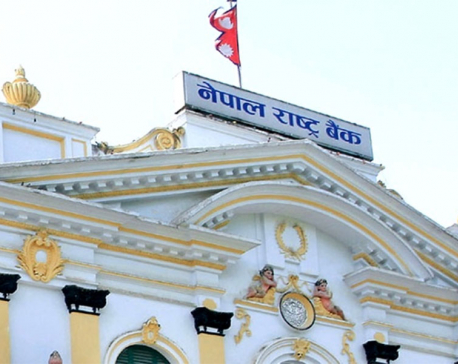
Subdued inflation soars to 6.2 percent
KATHMANDU, July 20: Inflation, which has long remained subdued, has started to soar suddenly in the last months of the last... Read More...

Inflation moderates to 4.4 percent on subdued food prices
KATHMANDU, May 22: Inflation has moderated to 4.4 percent in the ninth month of the current fiscal year 2018/19 from... Read More...
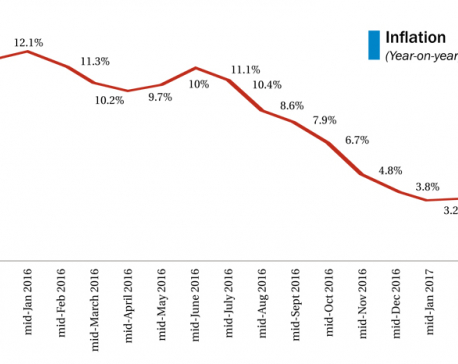
Slowdown in price rises makes NRB optimistic on inflation
KATHMANDU, April 9: Price of goods and services has not gone up in the current fiscal year as much as... Read More...







Just In
- National Development Council meeting on Thursday to finalize 16th Plan
- Qatar Emir meets PM Dahal, bilateral agreement and MoUs signed between Nepal and Qatar
- Employee involved in distribution of fake license transferred to CIAA!
- Youth found dead in a hotel in Janakpur
- CM Kandel to expand cabinet in Karnali province, Pariyar from Maoist Center to become minister without portfolio
- Storm likely to occur in Terai, weather to remain clear in remaining regions
- Prez Paudel solicits Qatar’s investment in Nepal’s water resources, agriculture and tourism sectors
- Fire destroys 700 hectares forest area in Myagdi



_20240423174443.jpg)




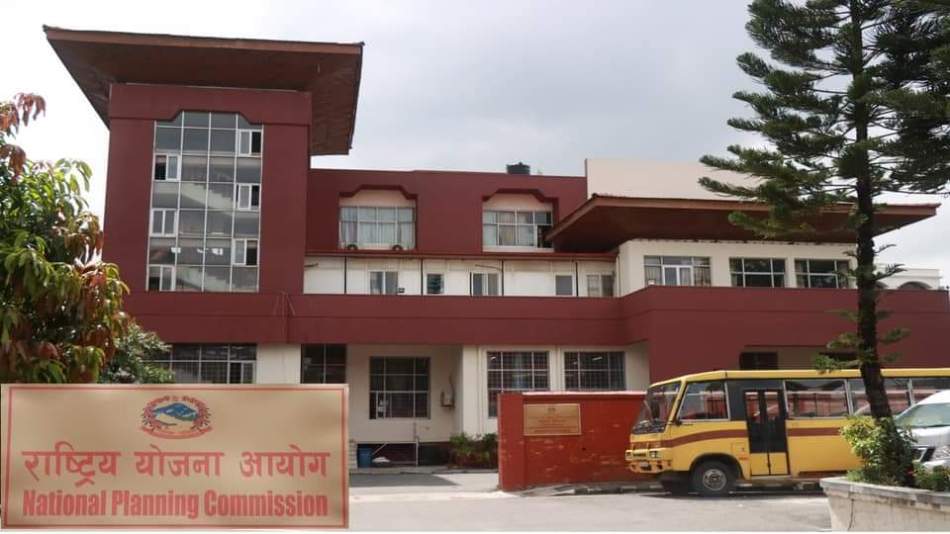

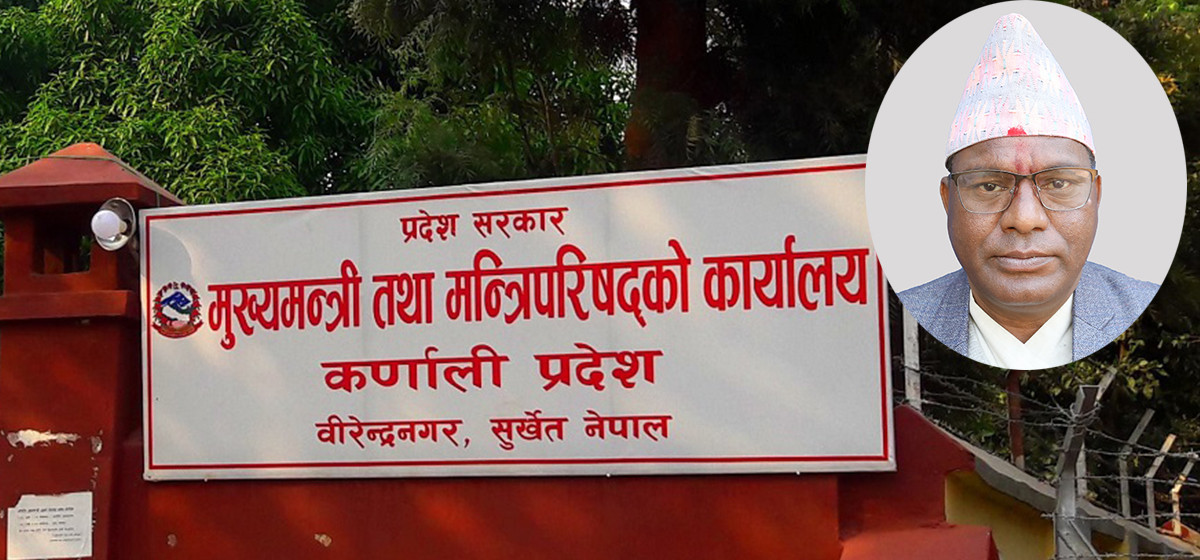
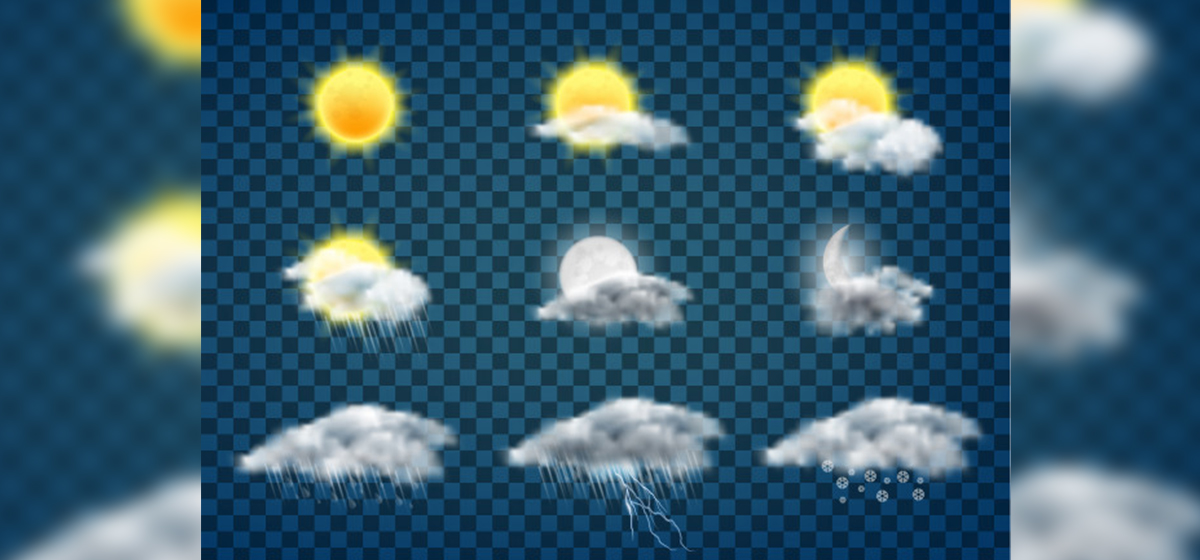
Leave A Comment